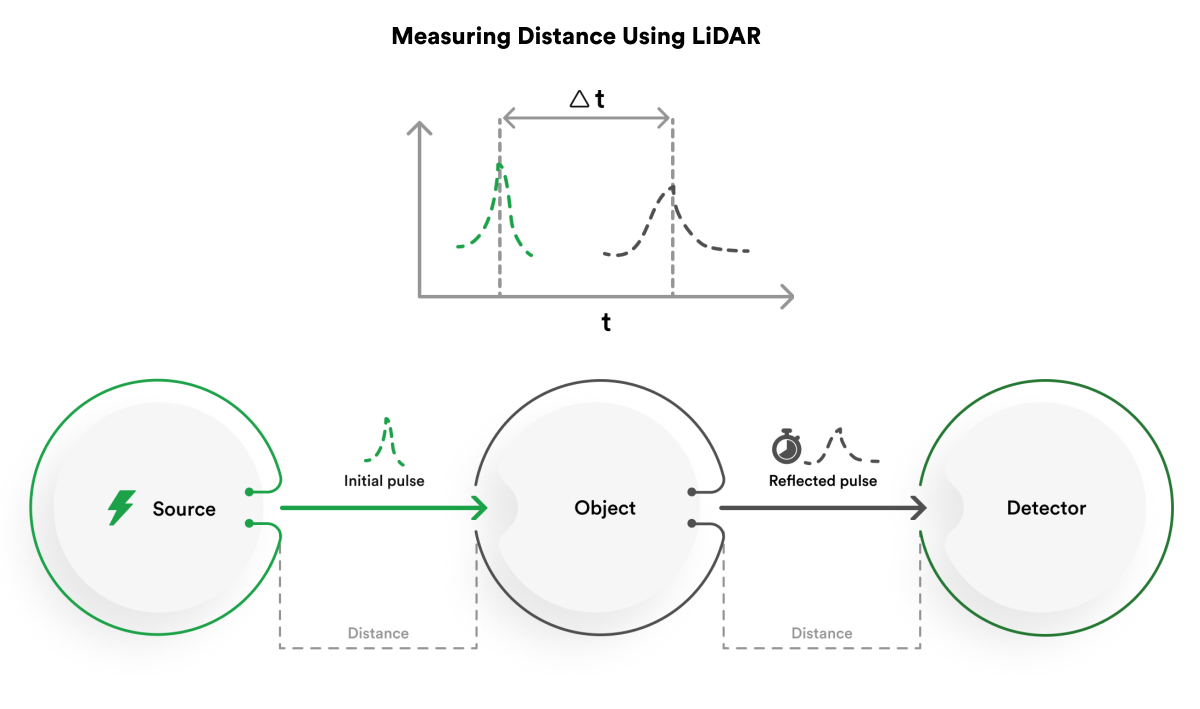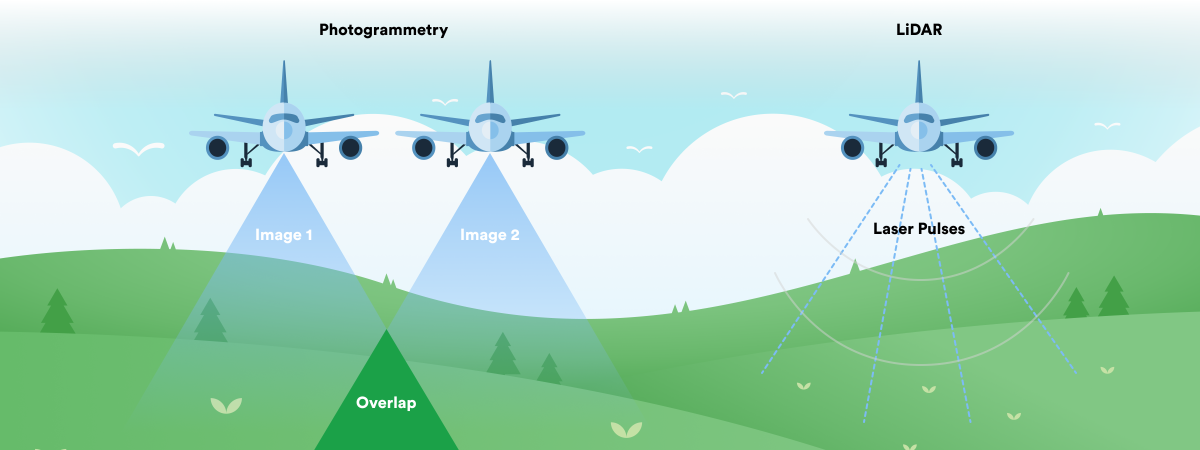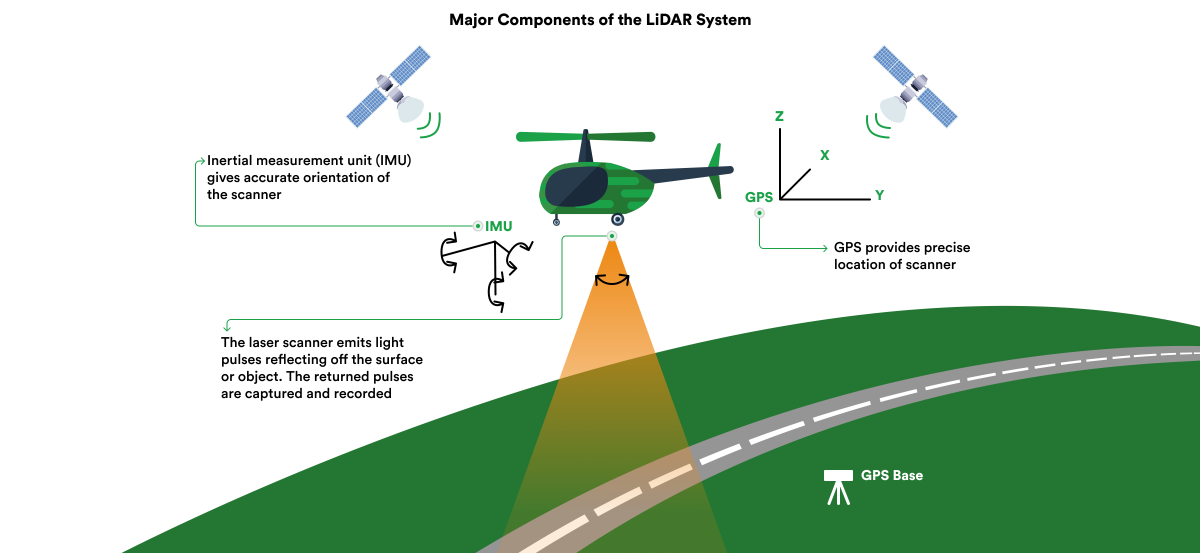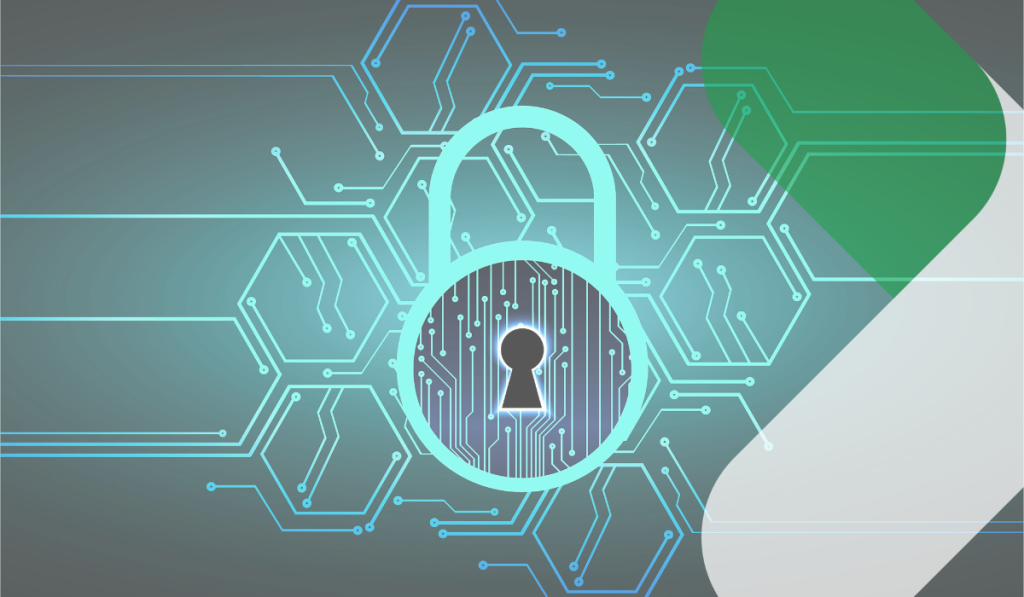Imagine using light to see the world in 3D, not just flat images. That’s the power of LiDAR, a technology that works like radar but with laser light instead of radio waves. By bouncing light pulses off objects and measuring how long it takes to return, LiDAR creates incredibly detailed, high-resolution maps of its surroundings.
Think of it like this: a flashlight in a dark room. You can shine it around to see the shapes of objects, but you don’t know how far away they are. LiDAR is like a super-precise flashlight that measures not just the direction of the reflection, but also the exact time it takes for the light to bounce back. With this information, LiDAR can build a precise 3D model of everything it “sees,” even in complete darkness or low light conditions.
This makes LiDAR incredibly versatile. It’s used for everything from creating accurate maps of cities and forests to guiding self-driving cars and even exploring the surface of Mars! Unlike cameras that rely on visible light, LiDAR can see through fog, dust, and even thin layers of clouds, making it a powerful tool for all kinds of applications.
While LiDAR excels at measuring distances, its potential goes far beyond that. It’s a powerful tool for creating detailed 3D maps and images, making it invaluable in engineering and various practical applications.
Imagine LiDAR like a super-precise flashlight that measures how long it takes light to bounce back from objects. There are two main approaches:
The origins of LiDAR trace back to the early 1960s, shortly after the invention of the laser, with its initial applications in meteorology and aerospace. In the 1970s NASA used this laser-based remote sensing technology to develop exploratory spacecraft. Applications for LIDAR continued to expand into measuring the properties of ocean water and the atmosphere for topographic mapping purposes. Ice sheets and the canopies of forests were also explored with LIDAR technology.
Over the decades, advancements in computing power and sensor technology have dramatically expanded LiDAR’s applications, transforming it from a specialized scientific instrument to a critical tool in numerous fields. Its development timeline showcases a remarkable innovation journey, underscored by a growing recognition of its ability to provide precise, real-time data for complex analysis and decision-making.
LiDAR, cameras, and radar represent three distinct sensing technologies with unique operational principles, strengths, and limitations tailored to specific applications. LiDAR employs laser beams to measure distances, creating detailed three-dimensional maps, making it exceptionally suitable for environments requiring precise depth information and object detection.
The versatility of LiDAR technology is evident in its various forms, each tailored to specific applications and environments.
- Airborne LiDAR: Deployed from aircraft, this type is subdivided into topographic Lidar, which maps land surfaces, and bathymetric Lidar, which is specialized for underwater surfaces by penetrating water with green light.
- Terrestrial LiDAR: Ground-based systems that provide detailed images of structures and landscapes, crucial for surveying and 3D modeling in construction and archaeology.
- Solid-State LiDAR: This represents a leap towards more robust, compact, and reliable systems, eliminating moving parts for better durability and cost-efficiency, which is pivotal for automotive applications.
- 2D vs. 3D LiDAR: 2D LiDAR scans a single plane, ideal for applications like obstacle detection in warehouse robots, while 3D LiDAR captures comprehensive volumetric data, essential for complex modeling and autonomous vehicle navigation.
Unlike LiDAR, cameras capture images using visible light to produce two-dimensional representations, excelling in capturing color, texture, and visual details but relying on complex algorithms for less accurate depth inference.
On the other hand, radar uses radio waves for object detection and distance measurement, offering reliable performance in adverse weather by penetrating fog, rain, and snow, thanks to its longer wavelengths, though at the expense of the high resolution and precision that LiDAR provides.
Together, these technologies complement each other, with LiDAR offering high-resolution 3D mapping, cameras providing rich visual information, and radar ensuring robust detection in challenging weather, highlighting the importance of selecting the right technology based on application-specific needs.











